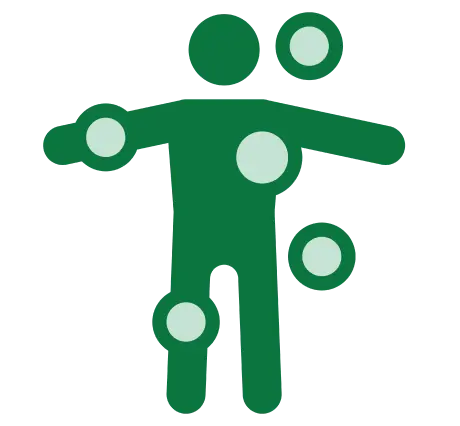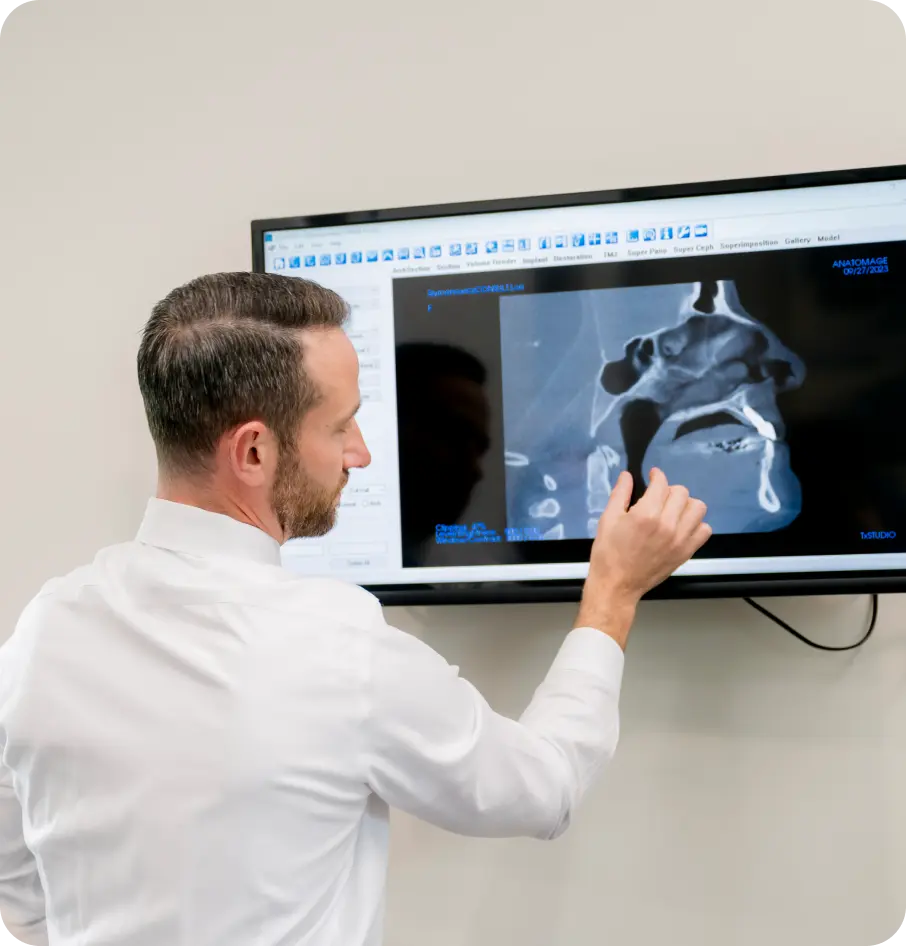


At Home Sleep Test – Portable Devices: This is usually the preferred first option of insurers. Convenience meets accuracy as you rest in your natural environment.
In-lab Sleep Study – Polysomnogram: Comprehensive monitoring in a sleep center gives us more detailed data for a more thorough assessment. This gives us a “Gold Standard Diagnosis”.

CPAP Therapy: Utilizing a mask delivering positive air pressure, CPAP treatment prevents airway collapse during sleep. Effective for mild to moderate OSA, recommended for severe cases.
Custom Oral Appliance Therapy (Orthotics): Custom tailored devices that stabilize jaws and open the airway, aiding mild to moderate sleep apnea patients. Severe cases intolerant to CPAP often benefit by repositioning the lower jaw and tongue for optimal airflow.
Orthotic Device Treatment with Enhanced Airflow: Combining the principles of CPAP and Custom Oral Appliance Therapy, this solution ensures effective airway support. Masks provide positive pressure, while custom appliances stabilize the jaw, tongue, and soft palate while opening the airway. The synergy of these techniques optimizes airflow for improved sleep quality and overall well-being.